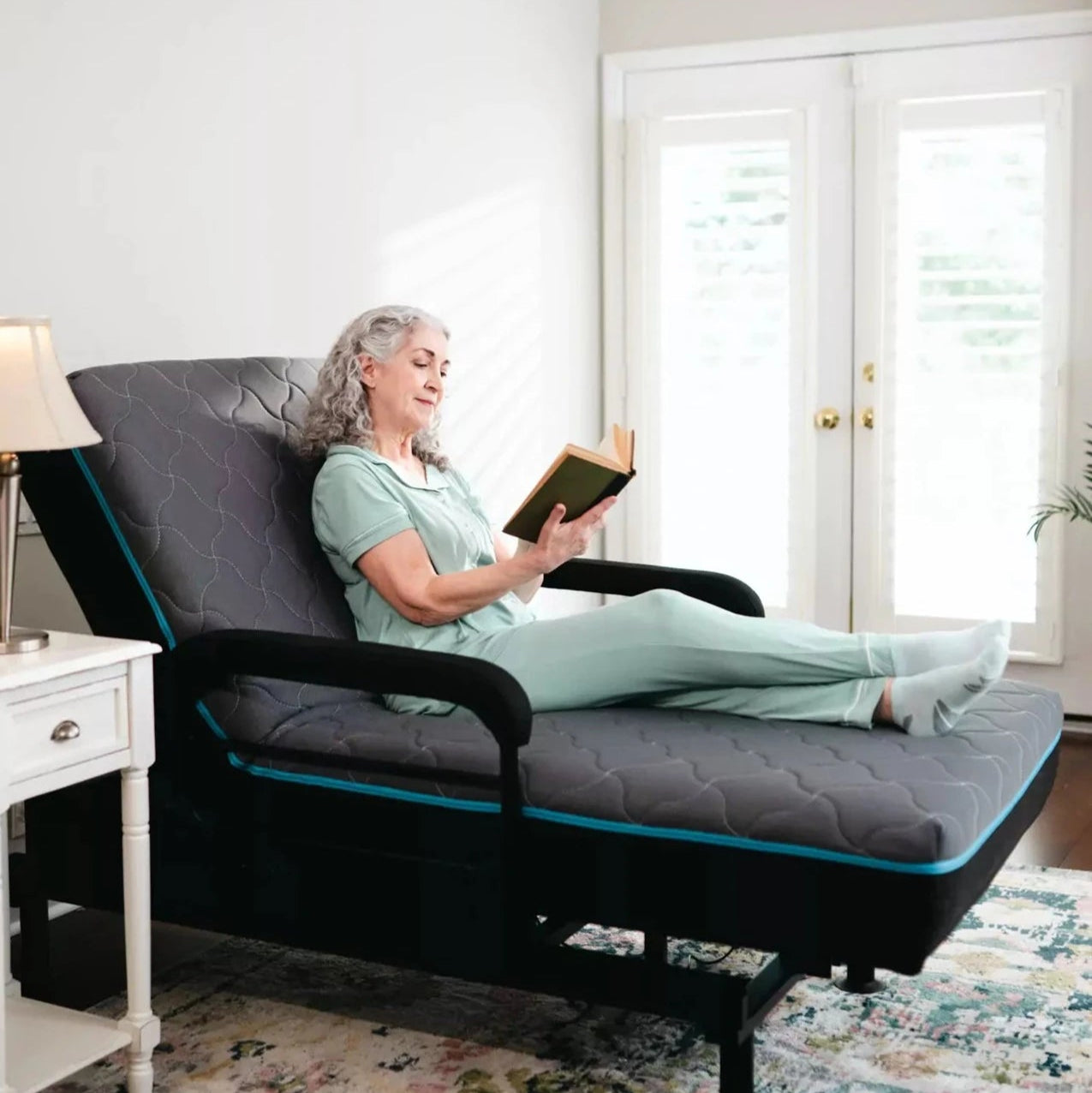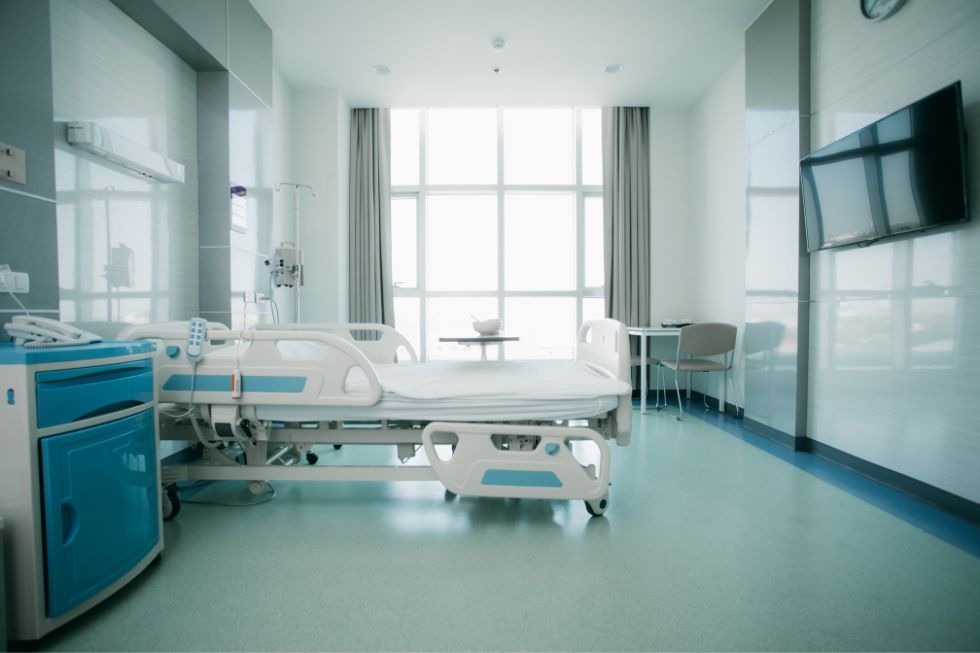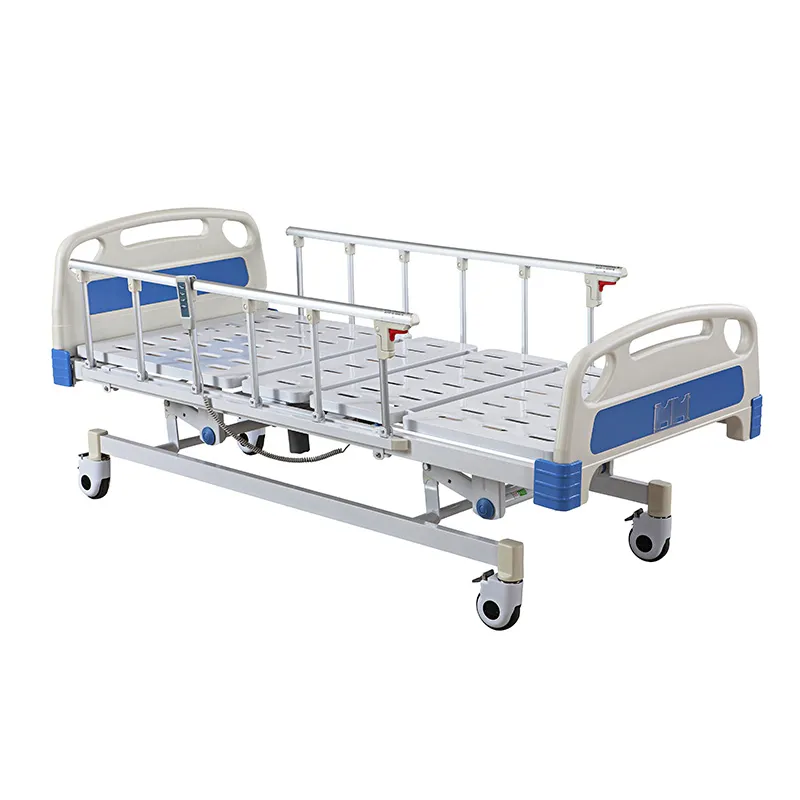The Only Guide for Hospital Beds For Home Use
The Only Guide for Hospital Beds For Home Use
Blog Article
The Only Guide to Hospital Beds For Home Use
Table of ContentsThe smart Trick of Hospital Beds For Home Use That Nobody is DiscussingExcitement About Hospital Beds For Home UseThe smart Trick of Hospital Beds For Home Use That Nobody is Talking AboutEverything about Hospital Beds For Home UseSome Ideas on Hospital Beds For Home Use You Should KnowAll About Hospital Beds For Home UseUnknown Facts About Hospital Beds For Home Use
There are three primary kinds of hospital beds: handbook, semi-electric, and fully-electric. These beds utilize hand cranks to readjust the bed's elevation and elevate and lower the head and the foot.
Semi-electric beds have an electric motor to increase and lower the head and foot portions of the bed. Clients and caregivers change the positioning by pressing buttons utilizing a hand pendant. The height of the bed is changed manually with a hand crank. Full-electric beds have an electric motor that can increase the head and foot sections of the bed along with the whole elevation and positioning of the bed.
The Ultimate Guide To Hospital Beds For Home Use
Some designs can also relocate into more settings, such as the Trendelenburg (tilt) position. There are numerous kinds of healthcare facility beds, each developed to fulfill certain client demands. Here are some common kinds: This is the most usual kind of medical facility bed, made for general clinical use. It has a guidebook or electrically adjustable headrest, foot rest, and height.
Reduced to the ground than a basic bed. This sort of bed is designed for larger people, with a wider framework and greater weight capacity than a common bed. This kind of bed is developed particularly for children, with smaller sizes than a typical bed. Special functions such as complete size side rails and anime style.
This type of bed is created for critically sick people that require open monitoring and specialized medical devices such as ventilators and infusion pumps. This kind of bed is created for usage throughout labor and shipment, with flexible settings and functions to sustain the mom and infant throughout the birth procedure.
All About Hospital Beds For Home Use
Numerous function and the accessories execute increasing traction to different parts of the vertebra and the extremities without moving the body. These are simply a few examples of the kinds of health center beds readily available. The certain sort of bed used will depend on the person's condition, medical demands, and other factors.
Below is the important things you need to recognize. A one-function healthcare facility bed is a medical bed that permits a client to relocate only the head or foot section up or down. A 2 feature medical facility bed generally describes a type of clinical bed that has two flexible functions to assist patients in health centers or care centers.

8 Easy Facts About Hospital Beds For Home Use Explained
A 7-function ICU bed is a kind of medical bed that supplies a number of flexible features to support critically sick individuals in a critical care unit (ICU) (hospital beds for home use). The 7 features commonly consist of: Back-rest change: The back-rest can be gotten used to different angles to assist the patient stay up or relax conveniently
Height modification: The bed can be increased or reduced to make it much easier for individuals to get in and out of bed, and for caregivers to offer care. Trendelenburg position: The whole bed can be slanted to promote blood flow and circulation in the body. Reverse Trendelenburg placement: The bed can additionally be slanted in the opposite direction to advertise blood flow and circulation in the upper body.
While more cost effective than electric models, these beds call for physical effort for adjustments. The major benefits of manual beds are their price and dependability, as they do not count on electrical power. The requirement for hand-operated effort can be a restriction in situations where fast modifications are necessary or where caretakers face physical obstacles.
4 Easy Facts About Hospital Beds For Home Use Described
They are appropriate for people that require very little rearranging for convenience or clinical needs. Semi-electric healthcare facility beds offer a balance of handbook and electrical controls. The head and foot areas are typically changed with electrical controls, while the elevation is adjusted manually. These beds offer a suitable center ground between manual and completely electric options, using convenience of usage without the complete price of electrical versions.
Semi-electric beds are fit for people that require moderate adjustments to the head and why not check here foot sections yet can take care of without regular height modifications. This makes them an affordable service for those seeking convenience and ease without the need for constant repositioning. Fully electrical healthcare facility beds include electrical controls for smooth changes to the height, head, and foot sections.
Specialized healthcare facility beds, such as ICU beds, long-lasting care beds, and bariatric beds, are meticulously created to attend to particular clinical requirements. These beds provide customized care for diverse person groups, enhancing both results and comfort. In the adhering to areas, we will discover the primary kinds of specialized medical facility beds, outlining their certain benefits and applications.
With years of experience in making electric straight actuators - hospital beds for home use and close collaboration with the health care sector, TiMOTION is well-positioned use this link to supply reputable healthcare options. Our vertically integrated firm manages every action of the production process, from layout to actuator assembly, ensuring we supply remarkable worth and customized options customized to your particular demands
Examine This Report on Hospital Beds For Home Use

To get more information concerning integrating these my latest blog post modern technologies into your items, call us today. Additional analysis:.
Data is sourced from the Medicare Expense Report. Accessed January 2025. Temporary severe treatment medical facilities have the highest possible average variety of beds at 187. They are one of the most common sort of hospital in the U.S. and compose greater than 50% of U.S. healthcare facilities. Children's medical facilities have 178 beds typically and VA hospitals typical 175 beds.

Hospital Beds For Home Use - An Overview
A health center bed is a bed made particularly for medical purposes. It is not just an area for individuals to rest, but additionally a system for medical procedures. Unlike average home beds, healthcare facility beds normally have adjustable attributes, which can assist in medical team to make different adjustments according to the needs of clients, such as changing the elevation, disposition, and support angle of the back and legs of the bed.
Report this page